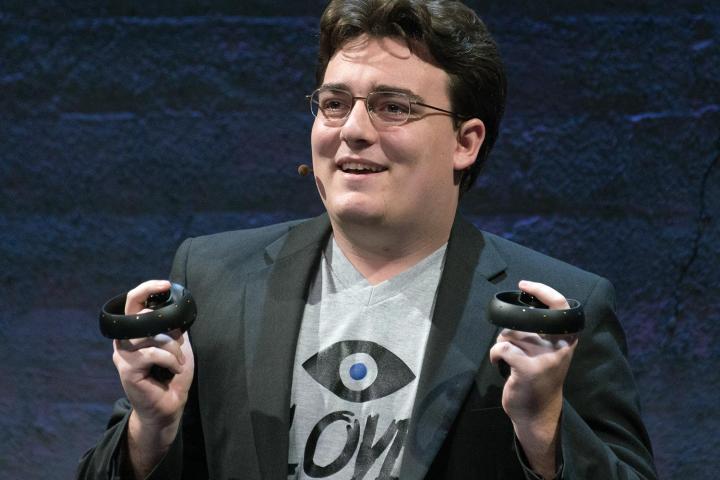
Today, Oculus made a pair of big announcements about how user input is going to be handled with regard to the Rift. The first pertains to the much-lauded Touch controllers that Oculus is showing off at the event, which will ship slightly later than the Rift itself in the second quarter of 2016.
Touch will include a separate Rift sensor, which is required for use. The hardware will be distributed to developers ahead of its consumer release, allowing some time for studios to implement controls using Touch sensors into their games and projects.
The Touch developer kit will also feature another handy tool intended to make creating VR experiences a little bit easier. The avatar hands used in the Toybox demo will be included, providing a useful shortcut for creators looking to create a truly immersive experience for the user.
In other development kit news, Oculus announced a firm release date of December for the Rift SDK 1.0. Games built with this in mind will reportedly be working from day one.
Oculus also announced Medium, a tool for artists. Using the Rift in conjunction with Touch input, it will give users the ability to sculpt with virtual clay. Medium is being demonstrated at the event, and is set to ship alongside the Touch controllers when they hit retail next year.
Amid all this talk of new tech and innovative experiences, there was also a renewed focus on a lovable hedgehog that stole plenty of hearts earlier in the year. Henry debuted as a short film earlier in the year, and a new trailer is being released today for anyone at home looking for new content to take in on their DK2.
Furthermore, everything needed to create the Henry short will be made available in Unreal Engine 4 to give creative types something to experiment with.


